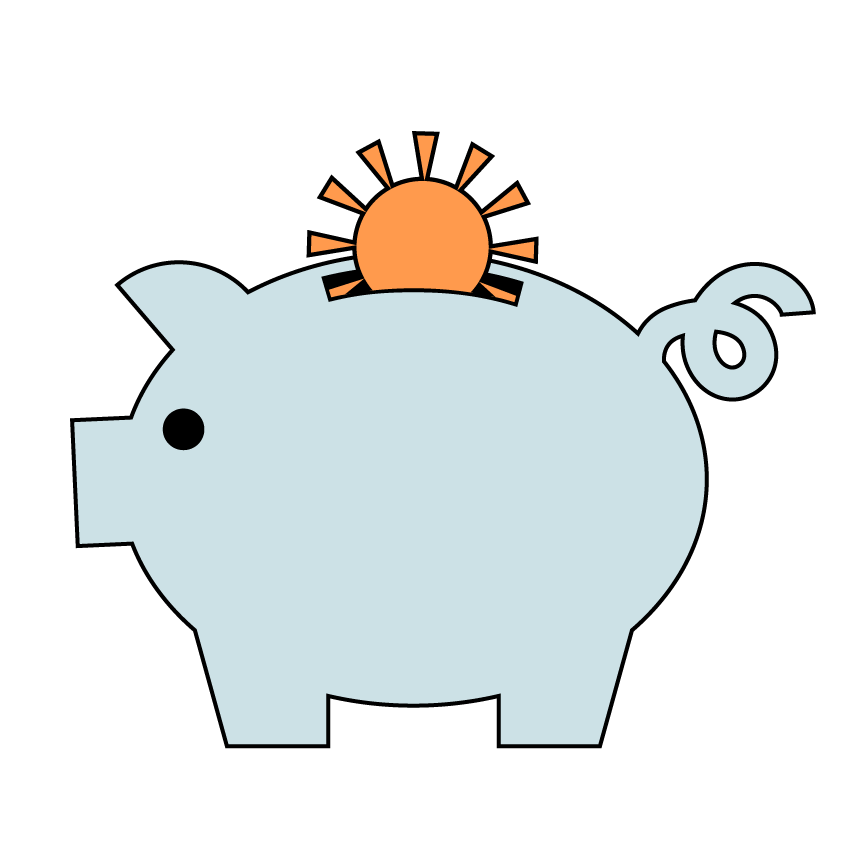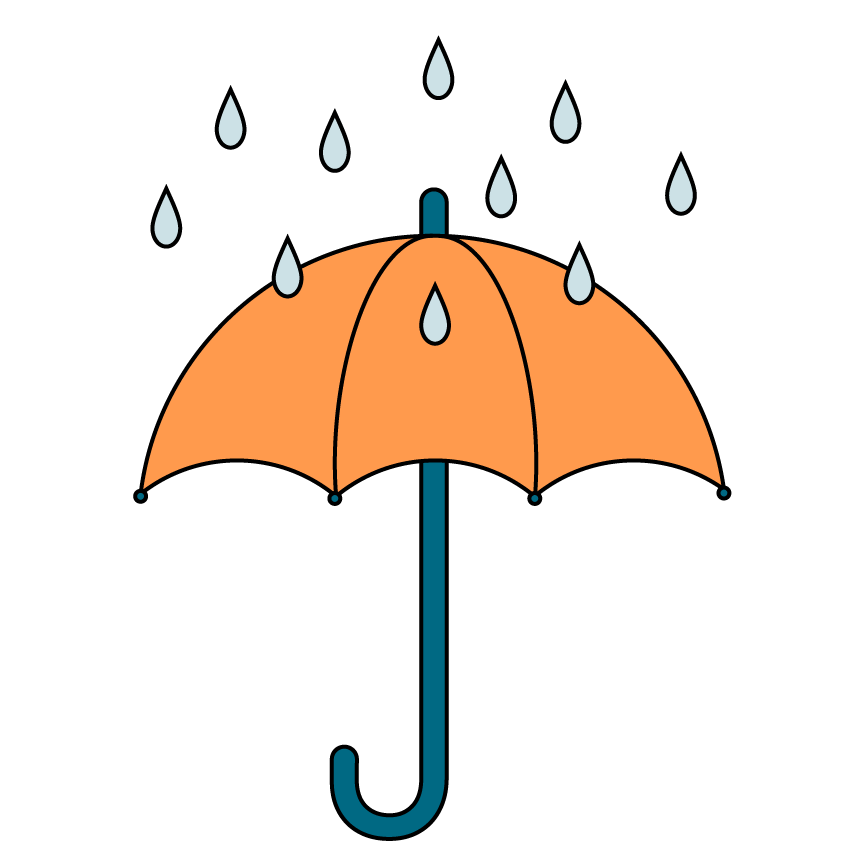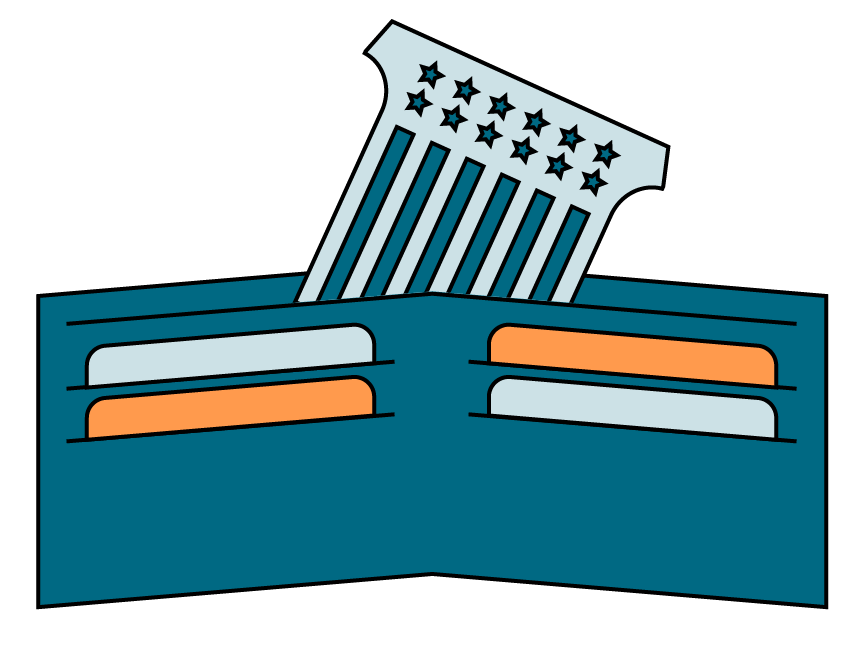


The COVID-19 pandemic posed an extraordinary threat to lives and livelihoods. In the United States, the pandemic triggered a sharp downturn. Yet, the ensuing economic recovery was faster and stronger than nearly any forecaster anticipated due in part to the swift, aggressive, sustained, and creative response of U.S. fiscal and monetary policy. But when the next recession arrives, it most likely won’t be triggered by a pandemic.
Recession Remedies examines and evaluates the breadth of the economic-policy response to COVID-19. Chapters address unemployment insurance, Economic Impact Payments, loans and grants to businesses, assistance to renters and mortgage holders, aid to state and local governments, policies that targeted children, Federal Reserve policy, and the use of nontraditional data to monitor the economy and guide policy. These chapters provide evidence and lessons to apply to the next recession.

The first chapter traces the macroeconomic impact of the breadth of the economic policy responses that produced a recovery that, while stronger than generally anticipated and stronger than those of other advanced economies, has also been accompanied by an unwelcome increase in inflation. It includes a timeline of the pandemic period, featuring economic developments and policy changes. It will describe the composition of support to different sectors of the economy and highlight the aggregate effects of those policies on output, incomes, and poverty rates—offering perspective on how the pandemic uniquely shaped those effects. This chapter will also provide high-level comparisons of the extent of fiscal support in different countries.

The authors review the substantial expansion of unemployment insurance (UI)—supplementing state-provided benefits, expanding eligibility to those not traditionally eligible, and extending the duration of benefits. They draw five conclusions: First, UI expansions were highly progressive in that they offset income losses and delivered the most benefit to lower-income workers. Second, UI benefits provided a powerful stimulus to the macroeconomy by boosting consumption. Third, work disincentive effects from UI benefits were small during the pandemic, especially when compared to history. Fourth, Congress increased access to benefits for workers on the margins of the labor market, and there is no clear evidence of greater work disincentive effects for them than for other workers. Fifth, the rapidly expanded UI programs faced a range of administrative challenges in meeting the surge in UI demand, including delays, unnecessary red tape, and overpayments, all of which were costly in terms of consumer welfare and government expense.

The authors examine the more than $800 billion in cash that was distributed to all but the highest-income households in the three rounds of Economic Impact Payments (EIPs). Although there were delays in getting the money to some vulnerable, low-income households, electronic disbursement allowed the Treasury to make payments quickly—about two weeks after the initial legislation was signed and even more quickly in the subsequent rounds. The available evidence suggests that the payments led to a rapid increase in spending; consumers spent about the same or a smaller fraction of these payments relative to similar payments in past downturns. The payments were not, of course, well targeted. Some households that weren’t adversely affected by the pandemic received the money, but other recipients were adversely affected but weren’t eligible for or didn’t promptly receive more targeted benefits (such as UI or rental assistance) and were greatly aided by the EIPs.

The authors survey the new federal subsidies and loans provided to businesses in the first year of the pandemic—including the Paycheck Protection Program (PPP), the Economic Injury Disaster Loan (EIDL) program, and aid targeted at specific industries such as airlines and restaurants—and also examine the additional lending and corporate bond purchases by the Federal Reserve. They observe that businesses overall fared much better during the pandemic recession and recovery than had been expected at the outset. In sharp contrast to past recessions, for instance, business bankruptcies fell during the pandemic. Many large firms continued to have access to private credit markets. They conclude that policies to support small businesses could have achieved their objective at a much lower cost to the federal government had the programs been more targeted. They find no credible evidence that the largest PPP loans had any substantial positive effect on employment. Loans through the EIDL program, which unlike the PPP loans were not forgivable, were better targeted. The Federal Reserve’s support for bank lending to business had little direct impact, in large part because banks were in much better shape than they were during the Great Recession. However, the Fed’s interventions in the corporate bond market had an important stabilizing effect in the early months of the pandemic in 2020. The authors caution policymakers against blindly deploying the 2020 tool kit, judging that the resiliency of the business sector reflects the unusual nature of the lockdown and reopening, and the substantial fiscal aid to households, more than it does the aid targeted directly at businesses. They also question the wisdom of providing federal aid to some large firms, such as airlines, that have a history of successful bankruptcy resolution.